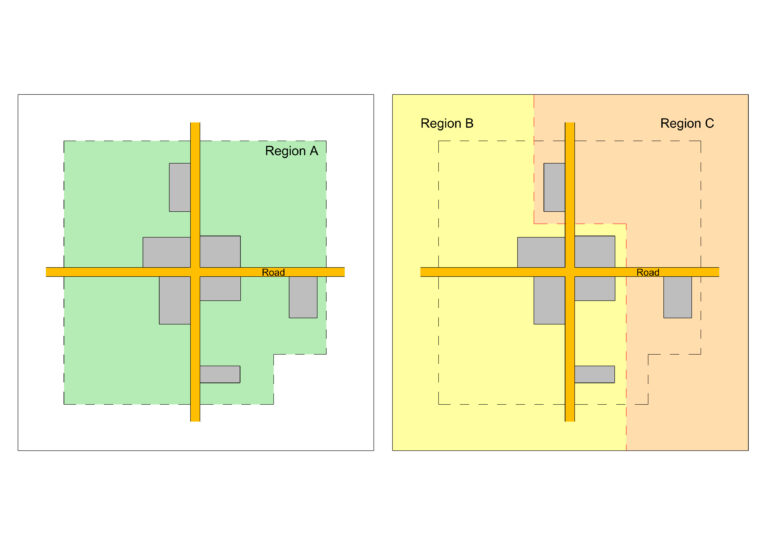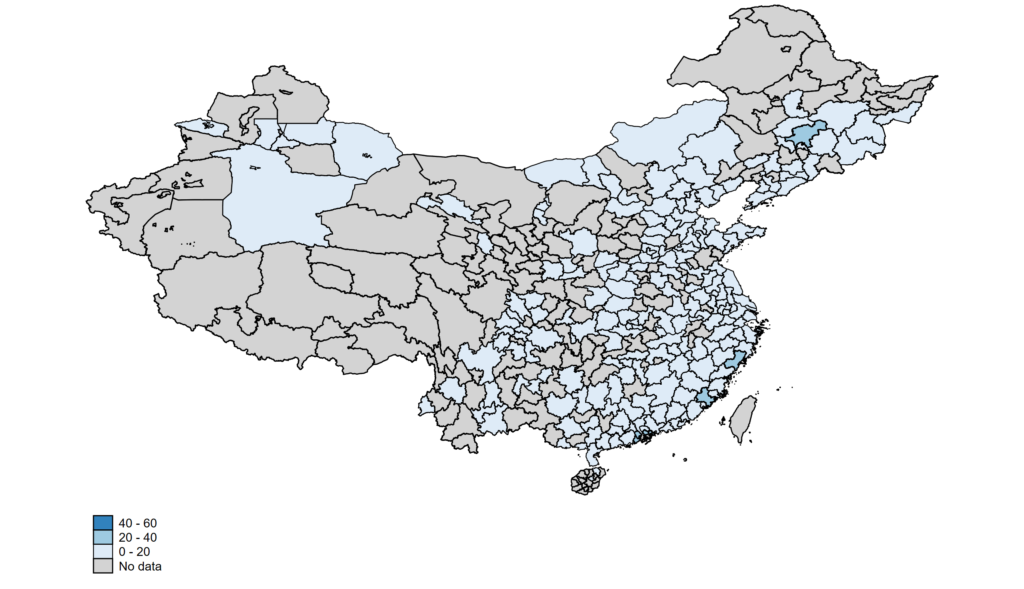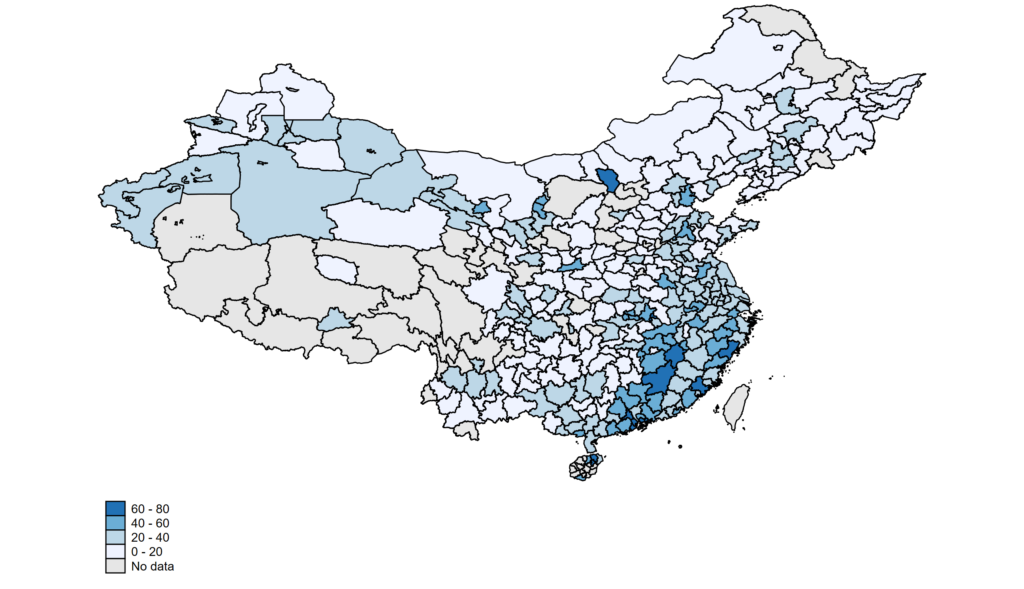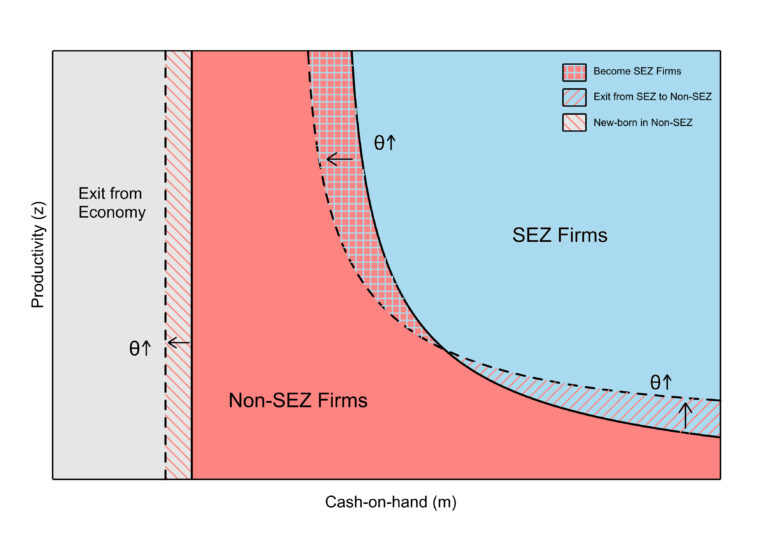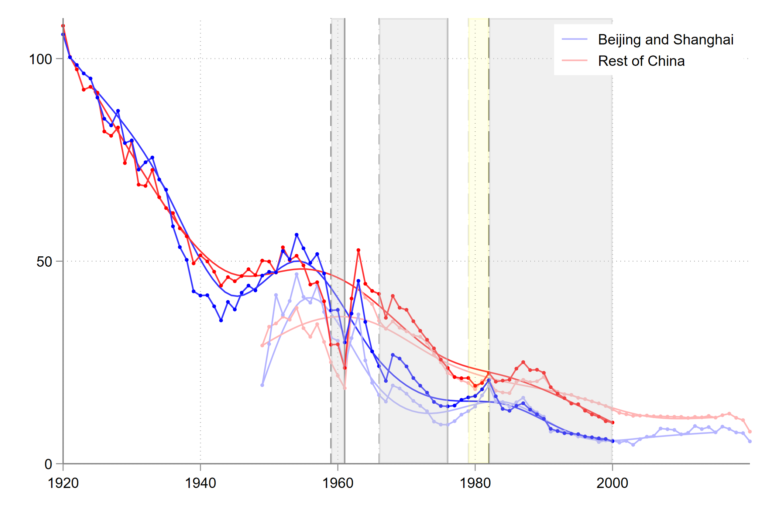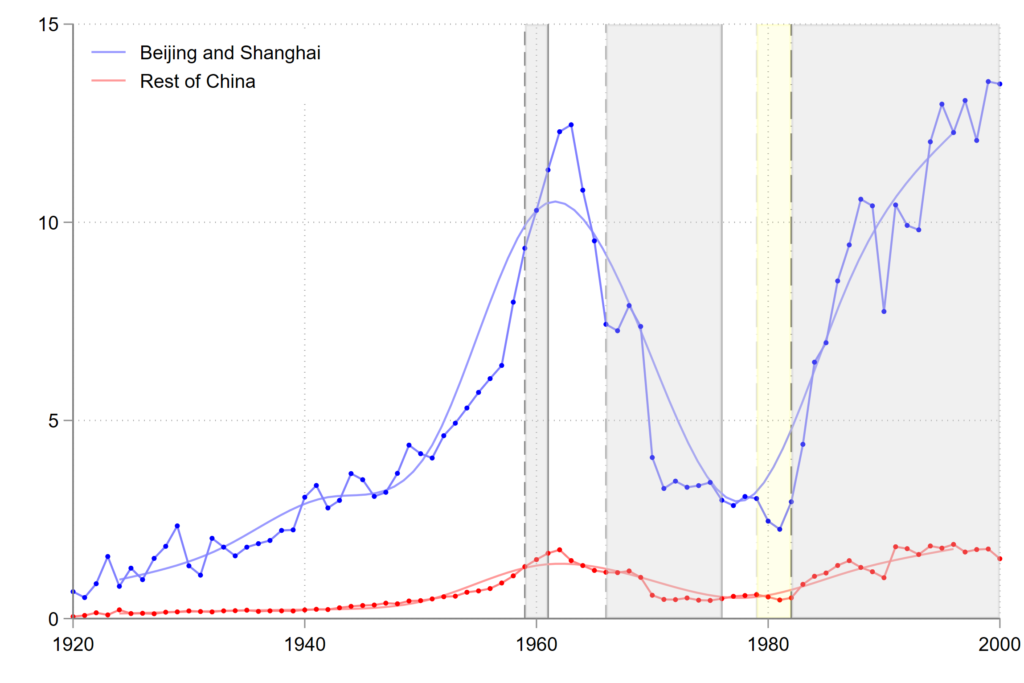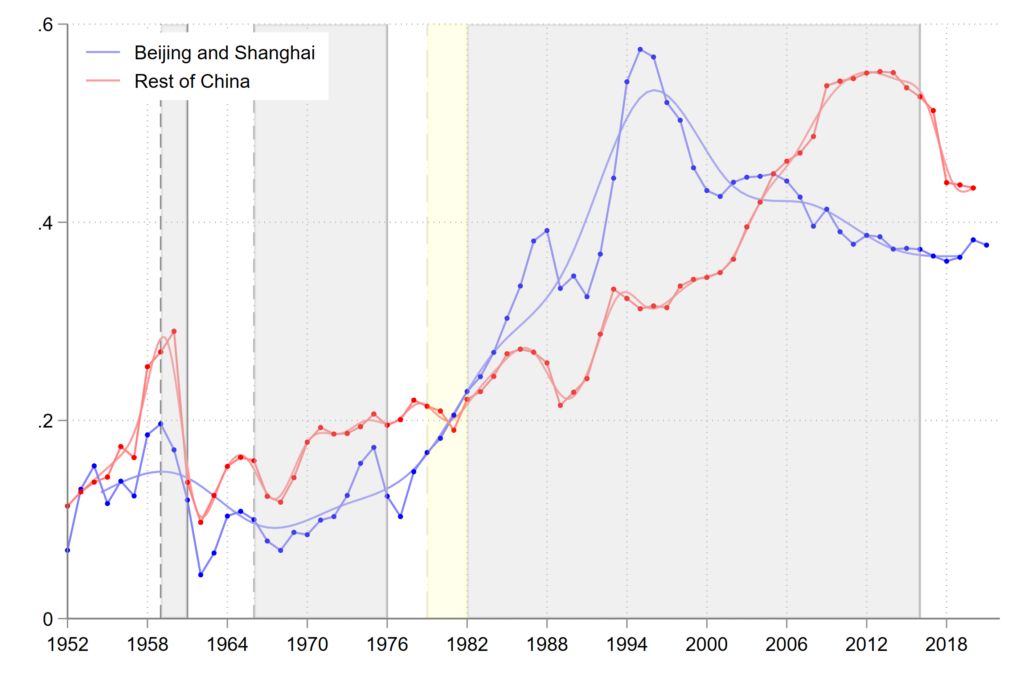Boyao Zhang | 张博瑶
Job Market Paper
I build a novel geo-coded firm-level panel dataset that, for the first time, allows for the evaluation of the implications of Special Economic Zones (SEZs) on the distribution of firms. SEZs are locations where firms enjoy reduced corporate taxes and enhanced access to credit, contingent upon maintaining a minimum scale. First, I empirically show a new set of stylized facts summarized by SEZs being associated with better firm selection, higher capital and better within-firm resource allocation across time. Specifically, with the aid of the new panel data, I show that: (1) firms born in SEZs are permanently more productive (better selection), invest more (higher capital), and show a higher within-firm correlation of TFP and capital over time (better within-firm resource allocation across time) compared to firms born outside the SEZs; and (2) firms that move to SEZs, having originated outside, manifest similar advantages post-relocation (better selection, higher capital and better within-firm resource allocation across time) compared to firms that stay outside the SEZs. However, even if SEZs were randomly allocated across China (which is not the case), we cannot attribute the significant differences in firm-level performance across zones solely to SEZs. This is because the decision to enter an SEZ, either through birth or relocation, is endogenous (with 55% of firms in SEZs being born in SEZs and 45% relocating from non-SEZs). Moreover, I am interested in understanding the effects of SEZs on aggregate productivity and output and, ultimately, determining the optimal size of SEZs—and notably, an empirical analysis for these two aspects is not possible. To address these questions, I build a firm dynamics model that incorporates endogenous entry, exit, and location (zone) choices. The model is carefully calibrated to match my empirical findings. Then, through counterfactual experiments I find that the SEZ increases aggregate TFP by 25.7%. Looking into the mechanisms I find that the rise in aggregate TFP is due to both better selection (average firm TFP increases by 25.1%) and better resource allocation (the correlation between capital and TFP increases by 88%). Isolating the role of financial frictions, I find that approximately half of the increase in the aggregate TFP is generated by the reduction of financial frictions in SEZs, which induces better selection (in births and movers) and better resource allocation for the endogenous distribution of firms.
Working Papers
Mao's Heritage: The Effects of the Great Famine, Cultural Revolution and One-Child Policy on Fertility, Schooling and Investment
With Christian Aleman, Chris Busch, Alexander Ludwig, Raül Santaeulàlia-Llopis
Leveraging data from the Population Censuses in China, we track birth rates and educational achievements dating back to before 1949 when New China was established. Then, using the stage-based identification method developed in Aleman et al. (2023) to assess nationwide policy, we study the impacts of two policies instituted during Mao Zedong’s leadership: the Great Leap Forward and the Cultural Revolution, on fertility, education, and investment in China. Furthermore, we assess how these Maoist policies shape the effects of the post-Maoist one-child policy on the same outcomes.
With Raül Santaeulàlia-Llopis, Yu Zheng
Without data on individual consumption, inequality is almost invariably inferred by applying adult equivalence scales to household-level consumption data. To assess the effectiveness of these household-based measures of inequality, we exploit a rare opportunity in which individual food consumption data for each and all household members are available in China. We find that standard adult-equivalent measures understate cross-sectional individual inequality by 40%. The discrepancy is driven by the dispersion of ‘vices’ consumption among adults—alcohol, tobacco, coffee and tea—and the dispersion of core food consumption among young children, which doubles that of adults. Our results suggest caution in the use of adult-equivalent scales to measure inequality.
Work in Progress
Motherhood and Development
With Sabino Kornrich, Virginia Sánchez-Marcos, Raül Santaeulàlia-Llopis
